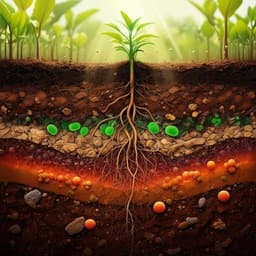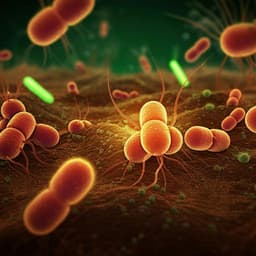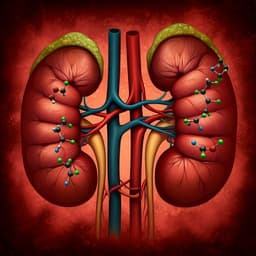
Environmental Studies and Forestry
Microplastics and nanoplastics barely enhance contaminant mobility in agricultural soils
S. Castan, C. Henkel, et al.
This research explores the intriguing role of micro- and nanoplastics in farmland soils as potential transporters of organic contaminants, posing risks to groundwater. Conducted by Stephanie Castan, Charlotte Henkel, Thorsten Hüffer, and Thilo Hofmann at the University of Vienna, the findings reveal that, while microplastics may carry harmful substances, they do not significantly enhance contaminant mobility in most scenarios.
Playback language: English
Related Publications
Explore these studies to deepen your understanding of the subject.







